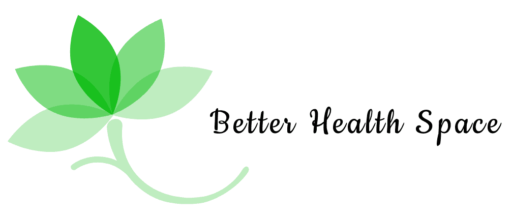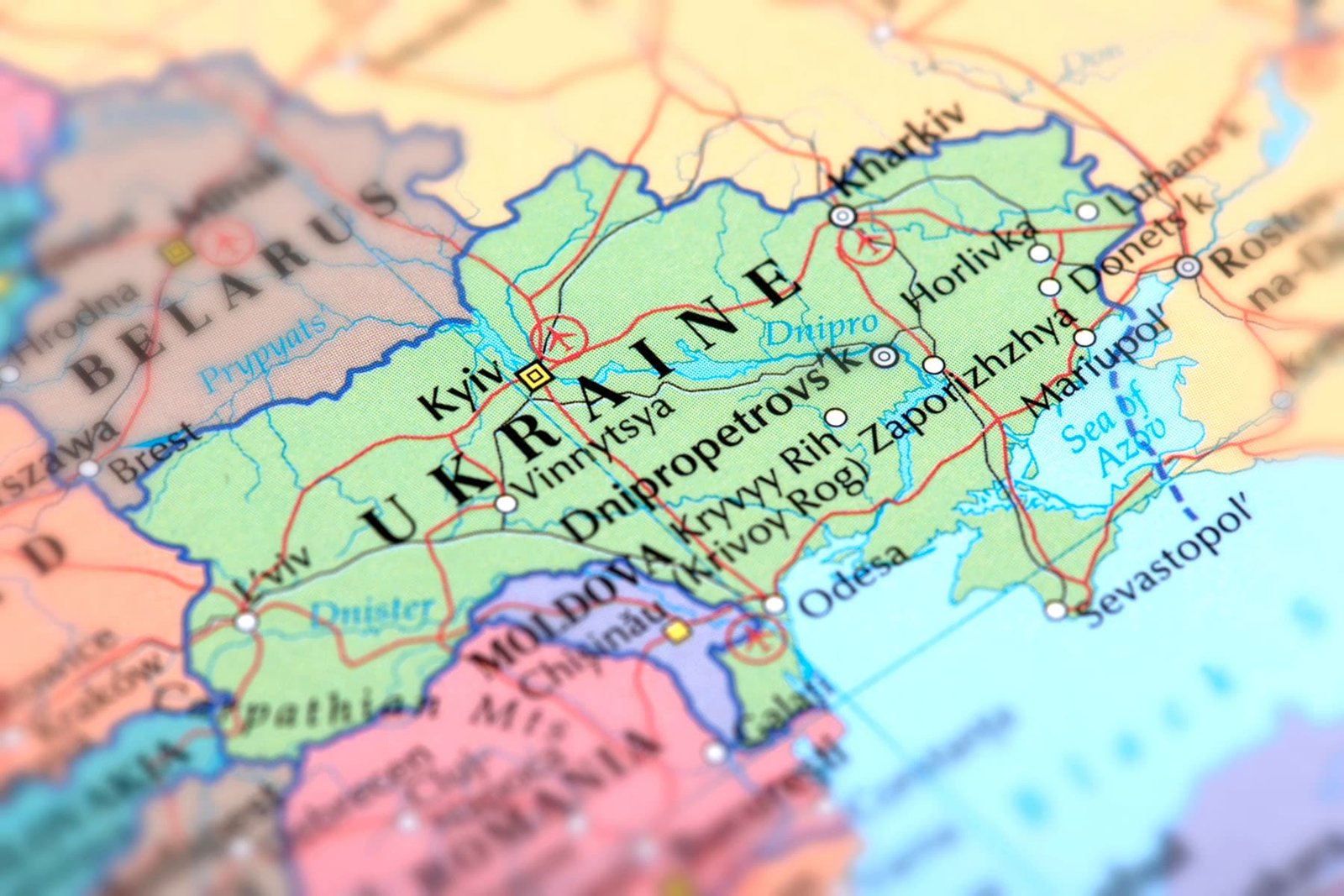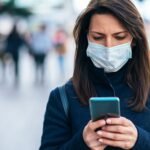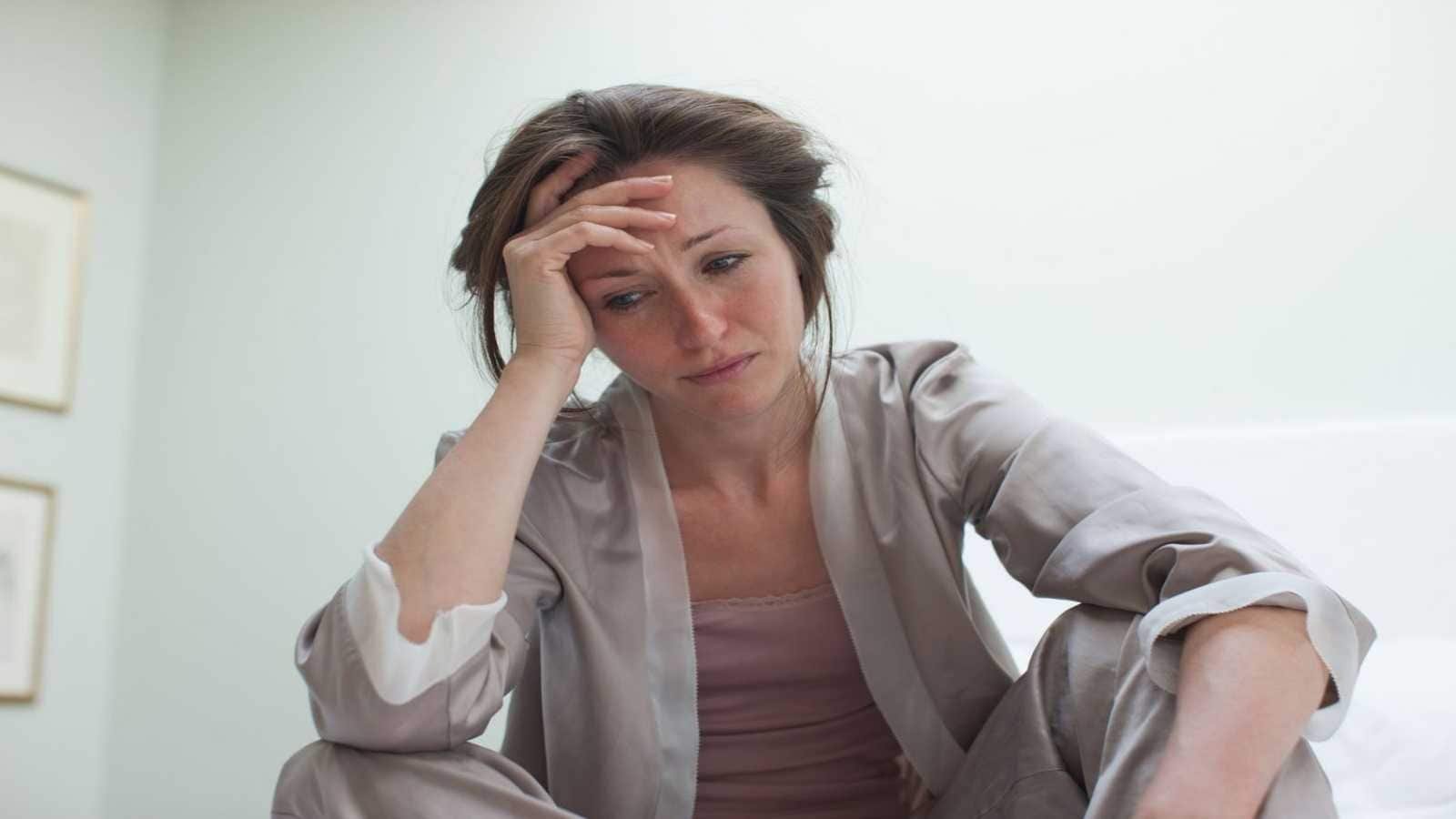March 10, 2022 — Hypothermia, frostbite, respiratory diseases, mental health issues, and a lack of treatment for heart disease and cancer are the biggest health concerns at the moment for the people of Ukraine, the World Health Organization says.
The WHO also is monitoring for infectious disease outbreaks, which are likely within Ukraine where, out of necessity, people are huddled in subway stations, basements, and other shelters.
There “without a doubt” will be a rise in COVID-19 in the population in Ukraine, said Michael Ryan, MD, executive director of the WHO’s Health Emergencies Program. A disruption of testing and vaccination, a lack of access to treatment, and vaccination rates around 35% before the conflict raise the risk.
It’s not just COVID-19. The WHO also is monitoring Ukraine as best it can for any rise in measles, vaccine-derived polio, and cholera.
“The reality is that the conditions we see in Ukraine are the worst possible ingredients for the amplification or spread of infectious disease,” Ryan said during a Wednesday media briefing on Ukraine, COVID-19, and other global health issues.
Refugees Carry Personal Items, Not Diseases
If people in neighboring countries fear that refugees will trigger outbreaks of infectious diseases, they are mistaken, Ryan said.
“Let’s be very careful with our rhetoric,” he said. “This always arises that in some way, that people fleeing the horrors of war are going to bring stuff with them. But they’re not.”
The refugees are not expected to drive up COVID-19 numbers in Europe, for example.
“Europe has plenty of COVID as it stands. The Ukrainian refugees are not going to change the dial on that,” Ryan said.
As an important line of defense, neighboring countries are offering health screenings, vaccinations, mental health support, and other health care at points of entry. Health officials are also focusing on the needs of children and women, who have been most of the 2 million refugees so far, WHO leaders said.
Even more vulnerable than the refugees may be the people forced to stay behind. People unable to evacuate due to the conflict, including the elderly and people with chronic diseases who cannot get to their medications or regular treatments, remain at high risk, the WHO stated.
Health Care Under Attack
The WHO has verified 18 attacks on health settings in Ukraine, including hospitals, clinics, and ambulances. These resulted in 10 deaths and 16 injuries among health care workers.
Reports of hospitals being bombed as recently as Thursday include a children’s and maternity hospital in Mariupol.
There are about 1,000 health facilities of different sizes — hospitals, clinics, and other health care locations — either on the frontlines or within 10 kilometers of the frontlines.
Getting hospitals needed supplies is essential, but hospitals also need power, clean water, and fuel for generators, Ryan said.
“All of this infrastructure and engineering support is needed to keep your average hospital going in a normal situation. In the middle of a shooting war, it’s almost impossible,” he said.
“So, in effect, the health system is becoming engulfed in this conflict, engulfed in this crisis,” Ryan said. “We’ve seen now that some hospitals are being abandoned by the authorities because they simply cannot function, and there’s an attempt to move hospital equipment and move doctors and nurses around.”
Emergency medical teams are needed to relieve overworked, exhausted doctors, nurses, and other providers.
“They’re not getting time off, they’re not going home in the evening or on weekends, they’re not going on picnics,” Ryan said.
These staff members are working 24/7, he said. Therefore, “when we talk about attacks on health care, we’re not just talking about attacks on infrastructure. This is also … an attack on those health care workers, because they cannot maintain this effort for very long.”
“We are in awe and inspired by their efforts,” Ryan said. “But it cannot continue forever.”
Fears About Radiation Exposure
A reporter asked if it’s time for people in Ukraine to stock up on iodine, given the threat of radiation exposure from the fragile status of nuclear reactors.
The WHO is a member of the International Atomic Energy Agency (IAEA) Emergency Preparedness and Response network.
“We’ve worked on ensuring and monitoring for and any attacks or any damage to chemical installations as well as nuclear installations,” Ryan said. He added that countries have had preparedness plans in place since the Chernobyl accident in 1986.
“I’m sure they’re looking at those plans again,” he said.
Ryan does not think it’s time for people to stockpile iodine for protection against radiation sickness. But governments are “well advised to ensure that the preparedness plans and their supply chains are in place should such a horrific eventuality occur.”
No Health Without Peace
Despite the WHO’s efforts on multiple fronts, “the only real situation to the solution is peace. WHO continues to call on the Russian Federation to commit to a peaceful resolution to this crisis,” said WHO Director-General Tedros Adhanom Ghebreyesus, PhD.
The health outlook in Ukraine will only worsen “unless we have a cease-fire,” Ryan agreed. “This is putting bandages on mortal wounds right now.”






